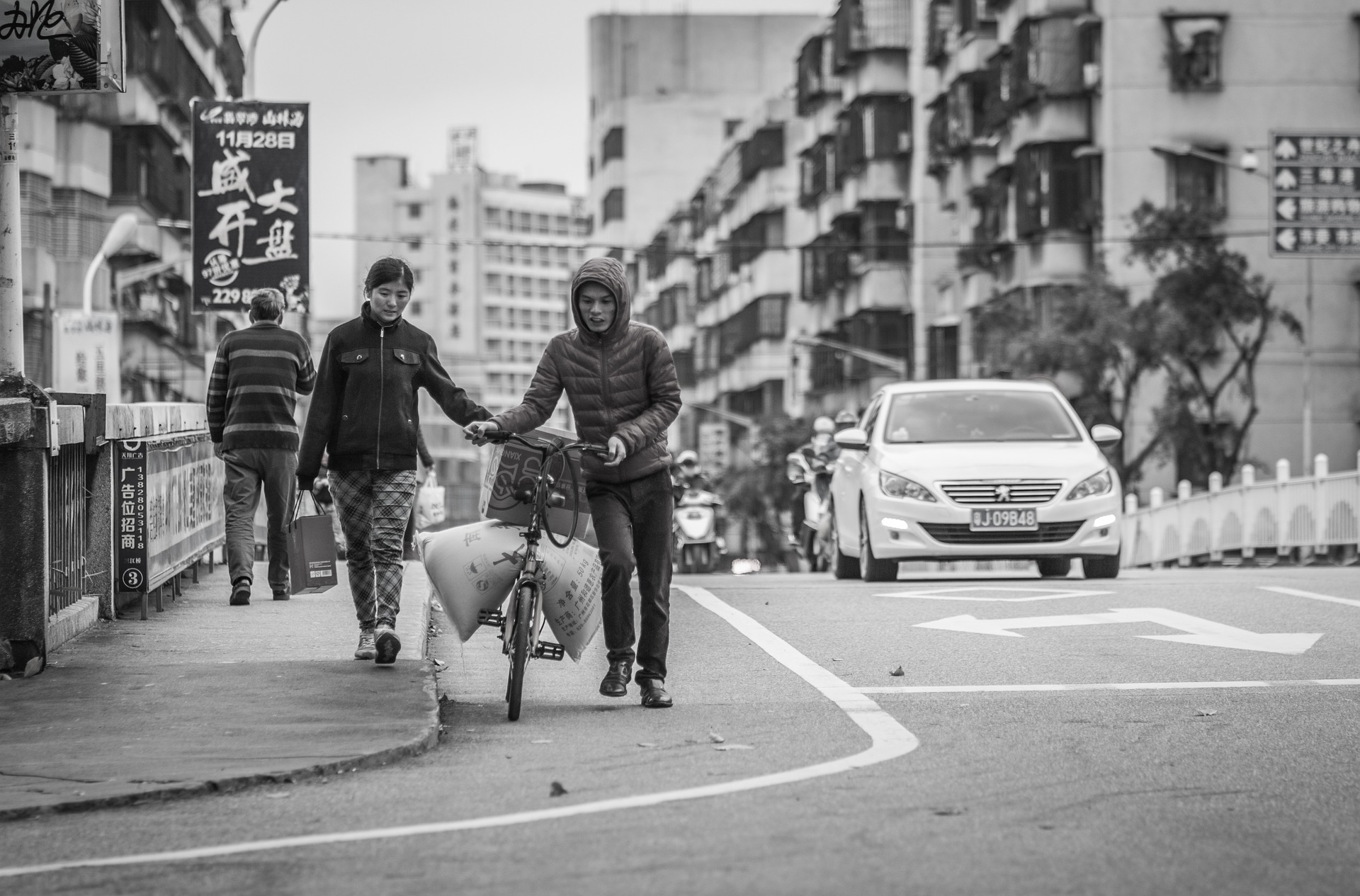Little Known Facts About Street Photographers.
Table of ContentsThe 25-Second Trick For Street PhotographersOur Street Photographers PDFs5 Easy Facts About Street Photographers DescribedThe Of Street PhotographersSome Known Factual Statements About Street Photographers
, a category of digital photography that records everyday life in a public area. The very publicness of the setup allows the digital photographer to take honest pictures of strangers, usually without their knowledge. Street digital photographers do not necessarily have a social purpose in mind, yet they choose to separate and capture minutes which might or else go undetected.He was affected by several of those who influenced the street photographers of the 1950s and '60s, he was not chiefly interested in capturing the spirit of the street., that worked side by side with professional photographers trying to record the significance of urban life.
As a result of the fairly primitive technology offered to him and the long exposure time required, he battled to capture the hustle and bustle of the Paris streets. He trying out a collection of photographic methods, attempting to locate one that would certainly permit him to record activity without a blur, and he discovered some success with the calotype, patented in 1841 by William Henry Fox Talbot. Unlike Atget, digital photographer Charles Marville was hired by the city of Paris to develop an encyclopaedic file of Haussmann's metropolitan planning project as it unfolded, therefore old and new Paris. While the professional photographers' subject was basically the exact same, the results were significantly different, showing the influence of the digital photographer's bent on the personality of the images he produced.
The Ultimate Guide To Street Photographers
Given the fine top quality of his photographs and the breadth of product, engineers and artists often bought Atget's prints to utilize as referral for their own job, though commercial rate of interests were rarely his main inspiration. Rather, he was driven to photograph every last residue of the Paris he loved.

Unlike his peers, Brassa used a larger-format Voigtlnder video camera with a much longer direct exposure time, requiring him to be more calculated and thoughtful in his method than he may have been if using a Leica.

Fascination About Street Photographers
It is because of this essential understanding of the art of image taking that he is frequently attributed with discovering the tool throughout once more about a century considering that its invention. He took photographs for more than a half century and influenced generations of photographers to trust their eye and instinct in the moment.
These are the concerns I shall attempt to respond to: And afterwards I'll leave you with my very own interpretation of street photography. Yes, we do. Let's kick off with specifying what a definition is: According to it is: "The act of defining, or of making something definite, distinct, or clear".
No, certainly not. The term is both restricting and misleading. Sounds like a street digital photography need to be photos of a roads appropriate?! And all road professional photographers, with the exception of a handful of outright novices, will fully appreciate that a street is not the vital part to road photography, and in fact if it's an image of a road with possibly a couple of uninteresting people not doing anything of interest, that's not street photography that's a photo of a road.
Rumored Buzz on Street Photographers
He makes a legitimate point don't you think? However, while I concur with him I'm not exactly sure "honest public photography" will capture on useful reference (although I do kind of like the term "honest photography") because "road photography" has been around for a very long time, with several masters' names connected to it, so I think the term is right here to remain.
Inside?! I hear you yell as you tremble your clenched fist to the sky. Why not? You can fire at the beach, at a festival, in an alley, in a park, in a piazza, in a coffee shop, at a museum or art gallery, in a city station, at an event, on a bridge, under a bridge ...
Yes, I'm afraid we have no option! Without guidelines we can not have a definition, and without an anchor interpretation we do not have a genre, and without a genre we do not have anything to specify what we do, and so we are embeded a "policies definition style" loophole! And no-one intends to obtain embeded a loop. - Street Photographers
